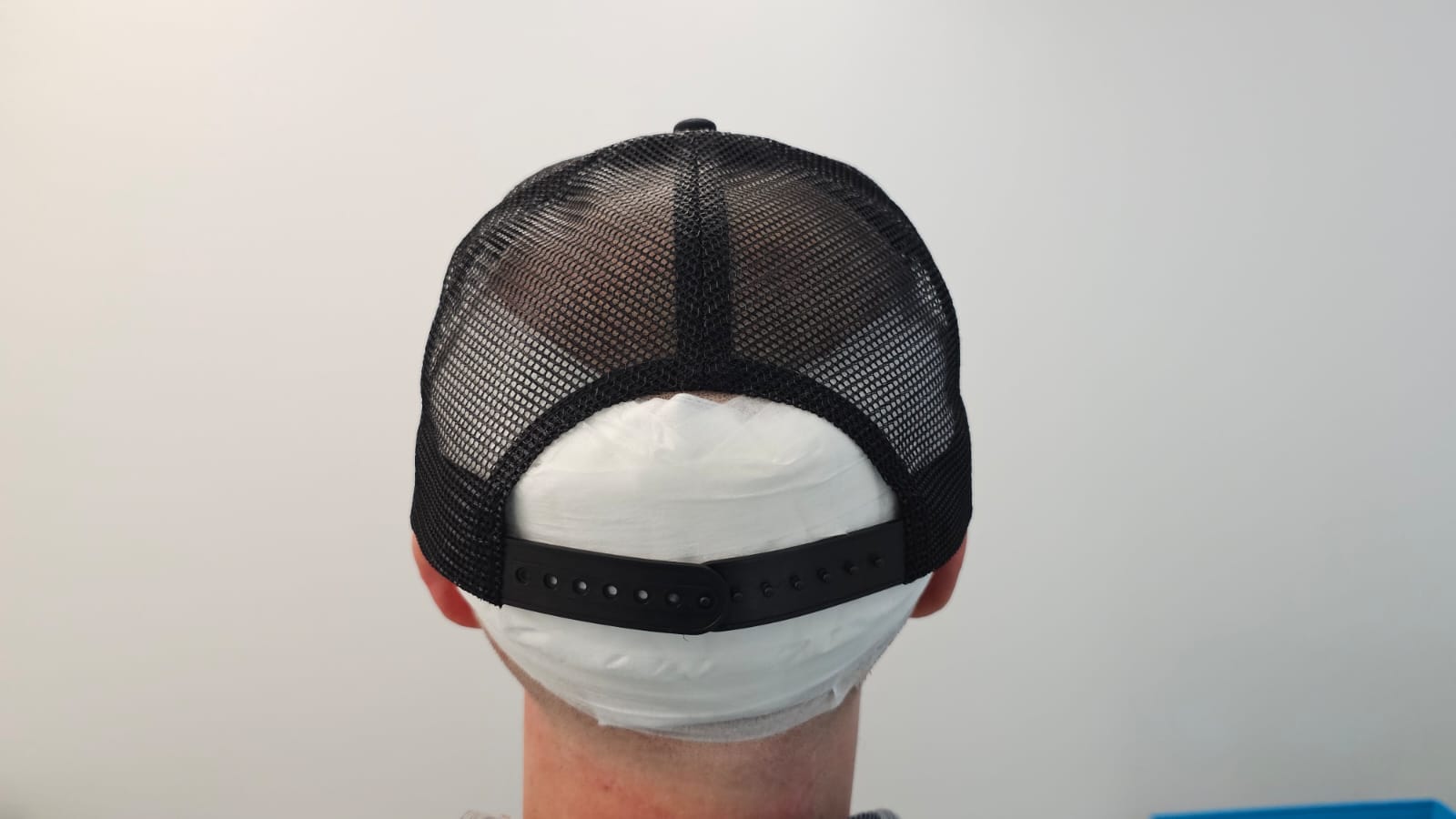
The immediate period following a hair transplant procedure, whether it be Follicular Unit Extraction (FUE) or Follicular Unit Transplantation (FUT), is arguably the most critical phase of the entire journey. The focus during this initial window is entirely on ensuring the survival and successful anchoring of the newly placed grafts. These tiny follicular units are exceptionally fragile, sitting loosely within their recipient sites, sustained only by a delicate fibrin clot. Any significant friction, pressure, or sheer force applied to the scalp during the first 7 to 10 days poses a direct, existential threat to these grafts. This is why the question of wearing a hat—a ubiquitous item of clothing—becomes a point of profound anxiety and caution for patients. Placing a rigid or tight hat on the recipient area can easily dislodge the grafts, effectively nullifying the surgical effort and leading to disappointing, patchy growth. Therefore, the answer in this initial phase is a resounding no, with extremely limited, highly specific exceptions.
The focus during this initial window is entirely on ensuring the survival and successful anchoring of the newly placed grafts.
The surgical team will typically provide specific, non-negotiable guidelines regarding headwear, often dictating a complete avoidance period of three to five days. After this initial period, if head cover is absolutely necessary—perhaps for sun protection or to return to work—only certain types of headwear are deemed permissible, and then only under specific, careful application. The preferred type of hat is usually a loose-fitting, wide-brimmed sun hat or a special, surgical-grade protective cap provided by the clinic. Crucially, the hat must be large enough that it does not touch the recipient area at all; it must be supported entirely by the side or back of the head (the donor area) or merely hover over the transplanted area without applying any downward pressure. The act of putting on and taking off the hat must be performed with extreme caution, sliding it gently into place rather than pressing it down.
Permissible Exceptions: When and How to Safely Introduce a Loose-Fitting Hat
Beyond the physical risk of dislodgement, a hat can introduce significant hygiene and environmental risks to the healing scalp. The recipient area is essentially an open field of micro-wounds, making it highly susceptible to infection during the first week. A hat—especially one that is old, dirty, or unwashed—can harbor bacteria, dust, and lint, transferring these contaminants directly to the vulnerable recipient sites. Furthermore, a hat traps heat and moisture against the scalp, creating a warm, damp environment that is an ideal breeding ground for microbial growth and fungal infections. This increased humidity can also soften the protective scabs forming over the grafts, making them more vulnerable to accidental removal during hat removal. Thus, even a loose hat can compromise the healing environment if it is not impeccably clean and breathable.
A hat traps heat and moisture against the scalp, creating a warm, damp environment that is an ideal breeding ground for microbial growth and fungal infections.
The issue of pressure and blood circulation is another critical, non-obvious factor dictating hat restrictions. The successful survival of the transplanted follicles depends entirely on the swift re-establishment of a new blood supply from the recipient tissue—a process known as revascularization. Any tight headwear, such as a snug baseball cap, beanie, or helmet, can exert pressure that compromises the fragile microcirculation surrounding the grafts. This pressure restricts blood flow, potentially leading to ischemia (lack of oxygen and nutrients) in the healing tissue, which directly jeopardizes graft survival. Even if the grafts are not physically dislodged, prolonged, undue pressure can effectively starve the follicles of the resources they need to anchor and thrive. The tightness of the fit, therefore, is an issue of life or death for the newly placed hair.
The Vascular Threat: How Tight Headwear Compromises Blood Flow to New Follicles
Patients often seek to wear a hat primarily to conceal the visual signs of the procedure—the redness, scabbing, and shaving—particularly when returning to a public-facing job. While this psychological motivation is understandable, it must be balanced against the surgical reality. The appearance of the scalp in the first week, characterized by small, visible dots and crusts, is a necessary phase of healing. Attempting to rush this concealment can be severely counterproductive. If concealment is absolutely paramount, the surgeon may permit a very specific type of wide-brimmed, fisherman-style hat, provided it is worn for minimal durations and does not rub the front hairline. The primary motivation for headwear must always be protection from the sun, never merely cosmetic concealment, especially if it compromises the critical healing environment.
The appearance of the scalp in the first week, characterized by small, visible dots and crusts, is a necessary phase of healing.
The transition from a vulnerable graft to a secure follicle occurs around the end of the first week, when the fibrin clot solidifies and the biological anchoring process is largely complete. By Day 10 to Day 14, most clinics agree that the grafts are considered “secure” enough to withstand normal washing and light friction. This milestone marks the point when the patient can typically reintroduce more conventional headwear, such as a loose baseball cap or a helmet liner. However, even at this stage, the rule remains: avoid anything excessively tight, restrictive, or made of non-breathable, rough material. The scalp will still be healing, potentially sensitive, and prone to increased sweating and irritation. It is vital to continue prioritizing cleanliness and ensuring the headwear does not cause chronic rubbing, particularly over the donor area (in FUT cases) or any areas of ongoing swelling.
The Ten-Day Milestone: When Grafts Achieve Security and Allow Safer Headwear
The question of helmets, particularly for cyclists, motorcyclists, or construction workers, requires an even longer period of restriction due to the inherent pressure and friction involved. A standard, tight-fitting helmet should be avoided for a minimum of three to four weeks—and often longer—especially if the helmet requires significant effort to put on or take off, or if it causes substantial rubbing at the hairline. This prolonged restriction is necessary because the force involved in helmet wear, even after the grafts are secure, can be enough to irritate the healing tissues, disrupt circulation, and cause abrasions that lead to infection or poor follicular emergence. Consultation with the surgeon to determine the exact timeline for resuming helmet use, often based on the individual healing speed, is absolutely essential before reintroduction.
A standard, tight-fitting helmet should be avoided for a minimum of three to four weeks—and often longer—especially if the helmet requires significant effort to put on or take off
Beyond the immediate healing phase, the ongoing risk associated with hats shifts from graft dislodgement to chronic scalp irritation and potential hair loss. If a patient wears a tightly fitted hat (like a beanie or certain fedoras) on a near-constant basis, the pressure and rubbing can lead to a condition known as traction alopecia in the periphery of the transplanted area or even in the newly grown hairs over time. This chronic, low-level physical stress can damage the delicate hair shaft and potentially compromise the long-term health of the follicles, leading to hair thinning or breaking. Therefore, even months after the surgery, the patient should make a conscious effort to ensure their daily headwear choices are loose, breathable, and worn only when necessary, avoiding the tight, habitual use that can cause friction-related injury.
Post-Healing Caution: Avoiding Chronic Traction Alopecia from Tight Headwear
The donor area—the source of the extracted follicles—also needs protection and consideration regarding hat wear, particularly in the case of the older FUT (strip) technique. The FUT donor area involves a linear incision that closes with sutures or staples and requires several weeks to heal fully. A hat that puts continuous pressure on this incision line can lead to scar stretching, increased tension, pain, and delayed healing. Even with FUE, where the donor area involves thousands of tiny punch wounds, excessive rubbing from a tight hat can irritate the multiple sites, potentially leading to folliculitis or localized infection. The correct application of a loose hat must therefore ensure that neither the front recipient area nor the rear donor area experiences any compressive or frictional stress.
A hat that puts continuous pressure on this incision line can lead to scar stretching, increased tension, pain, and delayed healing.
The subtle, yet important, danger of sweating cannot be overstated. Wearing a hat, especially during physical activity or in warm weather, inevitably causes the scalp to sweat. Sweat is acidic and, when trapped under a non-breathable hat, can soften the scabs prematurely, increase itching, and act as an irritant to the healing micro-wounds. Itching itself is dangerous, as scratching while wearing a hat can be an unconscious yet forceful action leading to graft disruption. The combination of heat, moisture, and potential contaminants under the hat creates a hostile, irritant-rich microclimate that should be avoided as much as possible, especially during the first two weeks when the recipient area is still actively scabbing and highly vulnerable to environmental factors.
The Microclimate Hazard: Excessive Sweating and Scab Softening Under Headwear
The patient’s own psychological state and compliance form the ultimate determinant of when and how to wear a hat safely. Hair transplant recovery requires patience, attention to detail, and a willingness to prioritize the surgical result over social comfort. Any patient who feels they cannot trust themselves to gently apply and remove a hat, or who anticipates needing to wear a tight hat for long periods immediately post-op, should simply commit to a longer period of absolute headwear abstinence. Consulting with the surgical team and strictly adhering to their specific timeline—which is calibrated to the individual’s graft count and healing pace—is the only way to minimize the profound, irreversible risk of accidentally dislodging the precious, newly transplanted follicles.
The Determinant of Success: Patient Compliance and Strict Adherence to the Surgeon’s Timeline
Safely wearing a hat after a hair transplant is forbidden for 7-10 days due to the risk of graft dislodgement; subsequent use must be loose, clean, and approved by the surgeon to protect the healing follicles.
